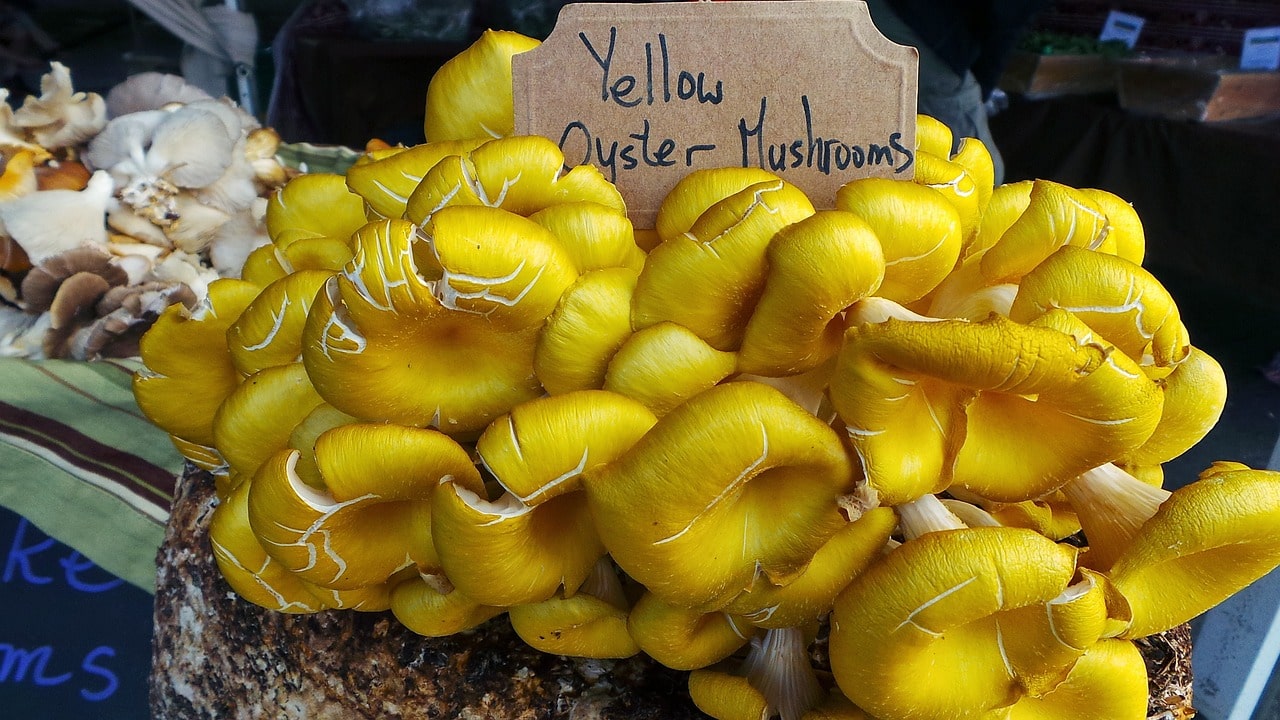Turkey tail mushrooms, often referred to as Polyporus versicolor or Trametes versicolor in science, have attracted attention due to its powerful health advantages.
From the wide world of medicinal mushrooms, turkey tail mushrooms are particularly noteworthy for their ability to help specific cancer therapies, strengthen the immune system, and promote gut health.
Many people are now discovering the culinary potential of these mushrooms in day to day meals and recepies
What Are Turkey Tail Mushrooms?
Turkey tail mushrooms, scientifically known as Trametes versicolor, are a type of bracket fungus found on dead and decaying trees. They are named for their striking resemblance to the tail feathers of a turkey. These mushrooms come in various colors, including shades of brown, green, and orange, making them easily identifiable in the wild.
Nutritional Value
Despite their small size, turkey tail mushrooms pack a nutritional punch. Rich in antioxidants, vitamins, and minerals, these mushrooms have been linked to supporting the immune system and providing other health benefits. Including them in your diet can be a flavorful and nutritious addition.
Basic Preparation to Cook Turkey Tail Mushrooms
If you’ve ever wondered how to elevate these fungi from the forest floor to your dinner plate, you’re in the right place. Let’s dive into the delightful world of cooking turkey tail mushrooms.
Selecting the Right Mushrooms
Before you embark on your culinary journey, it’s essential to start with fresh, high-quality turkey tail mushrooms. Look for specimens that are firm to the touch with vibrant colors. Avoid mushrooms that appear slimy, discolored, or have an off-putting odor.
Cleaning and Prepping
Begin by gently wiping the mushrooms with a damp cloth or soft brush to remove any dirt or debris. Trim off the rigid ends and slice them into pieces. Avoid soaking them in water. Mushrooms are like sponges. They will absorb excess moisture, which can affect their texture and flavor.
Basic Cooking Methods
1. Sautéing:
Heat a drizzle of olive oil or butter in a pan over medium heat. Add thinly sliced turkey tail mushrooms and sauté until they turn golden brown and the edges become crispy. lightly season with salt, pepper, and herbs of your choice.
2. Grilling:
For a smoky flavor, grill turkey tail mushrooms on a preheated grill. Brush them with a marinade or olive oil infused with garlic and herbs before grilling for added flavor.
3. Roasting
Preheat your oven to 400°F (200°C). Toss turkey tail mushrooms with olive oil, salt, pepper, and any desired seasonings. Spread them on a baking sheet in a single layer and roast for 15-20 minutes or until they are crispy around the edges.
4. Pairing with Flavors
Turkey tail mushrooms have a subtle, earthy flavor that pairs beautifully with a variety of ingredients:
- Herbs: Thyme, rosemary, sage, and parsley complement the mushroom’s earthy notes.
- Garlic and Onions: Sautéing mushrooms with garlic and onions can add depth to your dish.
- Acidic Ingredients: A splash of lemon juice or a drizzle of balsamic vinegar can brighten the flavors of the mushrooms.
5. Incorporating into Dishes and Drinks:
- Pasta: Toss sautéed turkey tail mushrooms with cooked pasta, olive oil, garlic, parmesan cheese, and fresh herbs for a simple and flavorful meal.
- Risotto: Incorporate chopped and sautéed turkey tail mushrooms into a creamy risotto for a luxurious and hearty dish.
- Soups and Stews: Add sliced turkey tail mushrooms to your favorite soups or stews to enhance the flavor and add a meaty texture.
- Tea and Coffee: Start by steeping your favorite tea leaves in hot water. Infuse the mix with the earthy essence of Turkey Tail mushroom and let it steep for a few minutes. Strain the blend into your mug, and there you go! In the same way, you can also add its flavor to your morning coffee.
Conclusion
The vibrant and unique turkey tail mushrooms offer not only a visual feast but also a nutritional powerhouse. The next time you come across these fascinating fungi remember that they hold the potential to elevate your culinary creations to new heights. Happy cooking!




